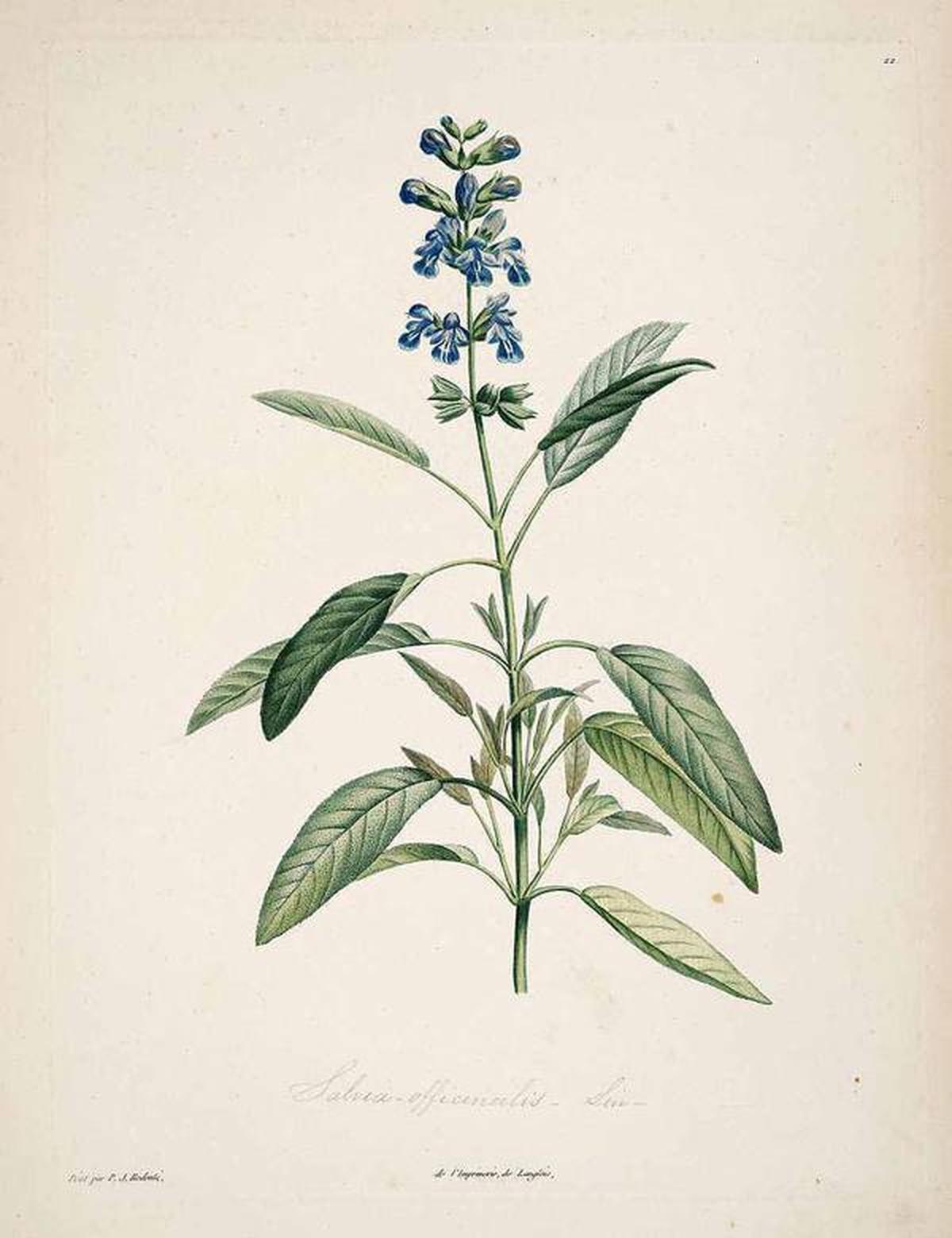Salvia officinalis L.
LamiaceaeLa salvia es una planta que se encuentra asilvestrada en la Europa mediterránea desde el nivel del mar hasta zonas montañosas, preferentemente en terrenos secos y poco productivos. Usada ampliamente a lo largo de la historia por sus propiedades medicinales, pero también culinarias y aromáticas, comenzó a ser empleada en épocas más recientes como planta ornamental en los jardines. Esta combinación de usos gastronómicos, esenciales y medicinales de plantas como la salvia parte siempre de un estudio consciente de las mismas: para ello hay que observar, describir las propiedades más relevantes y poner todos esos datos por escrito con la intención de que dicho estudio pueda ser conocido por el máximo número de personas posibles. Esta difusión del saber botánico fue llevada a cabo en época clásica por autores como Dioscórides, cuyo texto fue conocido en al-Andalus a través de Córdoba; andalusíes como el sevillano Ibn-al Awwam de hecho recuperaron y tradujeron estos textos para ayudar en la difusión del conocimiento y reactivaron la ciencia botánica clásica. Ya en época moderna, durante el Renacimiento europeo, en el siglo XVI, cuando Sevilla era la puerta de América y a la ciudad llegaron nuevas especies provenientes del Nuevo Mundo, médicos y farmacéuticos como Monardes o Tovar retomaron esta tradición clásica recuperada por los andalusíes de estudiar las propiedades de las plantas y anotar los resultados de sus observaciones. Hay así una línea que une a través del tiempo a los clásicos con los médicos humanistas sevillanos del XVI, una línea que es mantenida en su centro por el periodo andalusí. Una línea, en definitiva, de transmisión del saber botánico.
Procedencia
Europeo/MediterráneoCalendario
Hábitat
Morfología
 Planta
Planta
 Ovoidal
Ovoidal
 Simple
Simple
 Ovada
Ovada
 Oblonga
Oblonga
 Opuesta
Opuesta
 Entero
Entero
 Cuneada
Cuneada
 Obtuso
Obtuso
 Agudo
Agudo
 Perenne
Perenne
